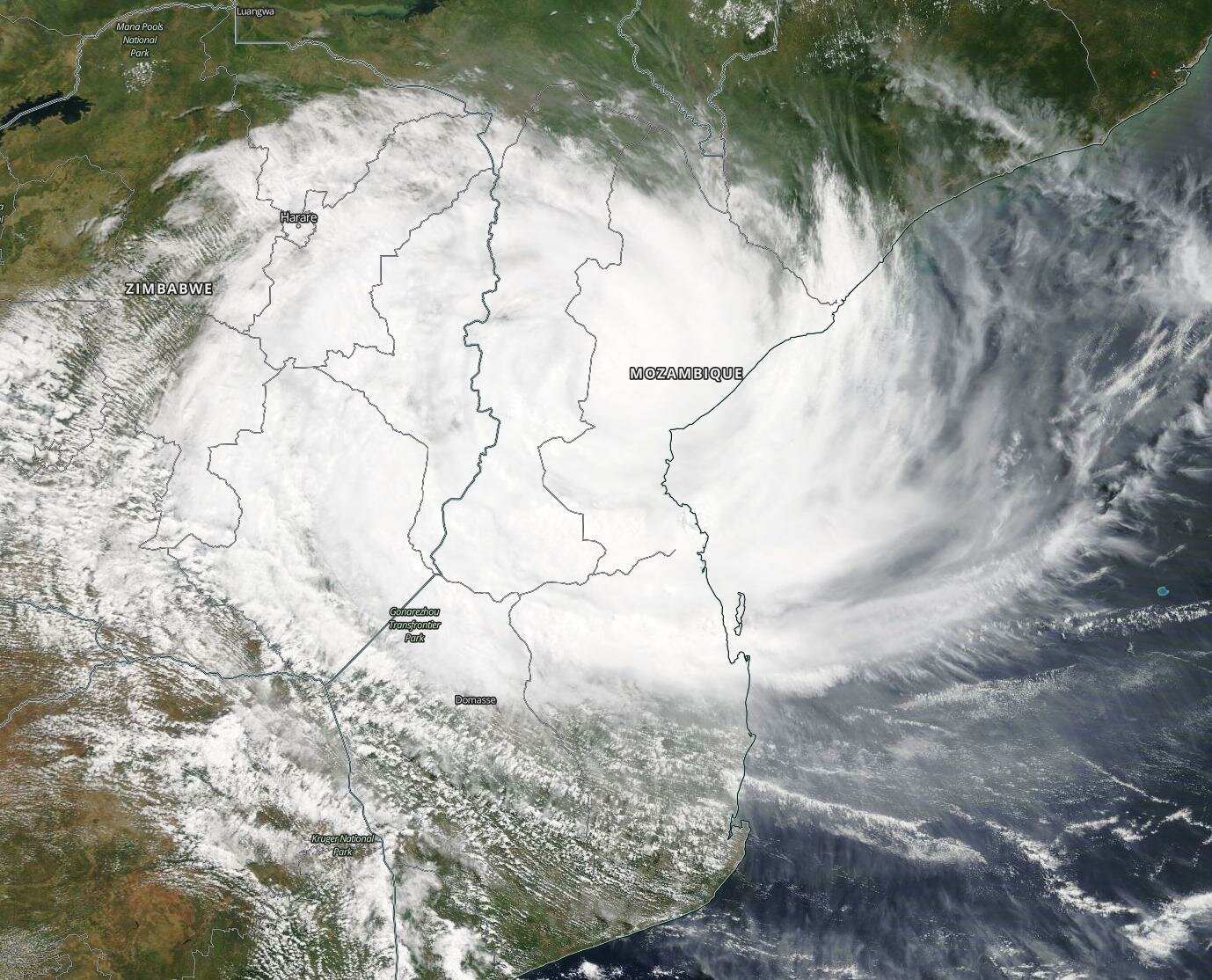By Maria Somova, Year 12
Since the beginning of the full scale invasion of Ukraine in February 2022, there has been an intensive debate on whether Ukraine should be allowed to use long distance (approximately 300 km) rockets to target military bases on Russian territory.
On November 17th 2024 the US administration gave Ukraine permission to use army tactical missile systems, or ATACMS. This decision is a significant change in America’s policy towards the Russian aggression, which consequently has divided the US administration. The announcement most likely came as a response to Russia’s unexpected decision to bring North Korean troops into the conflict. In June, dictator leaders of Russia and North Korea signed a treaty that ensured mutual defense and cooperation, deepening the ties that go far back beyond the Cold War. That has now been followed by Kim Jong-un sending North Korean soldiers to assist Moscow’s aggression against Ukraine.
The ease of the US restriction regarding American-supplied munition on Russian soil came after a “cross-border assault” in the direction of Kharkiv region in May 2024, in which Russia targeted the second largest Ukrainian city – Kharkiv. Kharkiv was also one of the first cities attacked on 24th February 2024, therefore being a priority for Russians to capture, and if not – destroy. Ukraine has already received long range missiles from Britain, France and Germany, however the “permission” to deploy them came only after 3 years of bloody war.
The ATACMS the US supplied, according to the Pentagon, are to be initially employed against the 10,000 North Korean troops brought as support by the Russian army. The potential benefits of this decision are that Ukrainian troops will be able to reach high-value targets that they would not be able to otherwise, alongside with the United States sending a clear message to North Korea – a high price to pay for the involvement alongside the aggressor. However, some Pentagon officials opposed giving the long range missiles to the Ukrainians because “U.S. Army had limited supplies”, and they feared that it would impel Putin to escalate the war. In contrast, the supporters of a more aggressive approach towards Moscow feel that the US administration has been “too easily intimidated” by Putin’s hostile rhetoric’s . The chairman of the House Intelligence Committee, has expressed to journalists that: ”President Biden should have listened to President Zelensky’s pleas much earlier.”
Nevertheless, the U.S. officials have been increasingly concerned about the state on the front. After a very successful counterattack by the Ukrainian Army in August and capture of a 1376 square kilometers of the Kursk region, the involvement of North Korean troops decreased by 40% as of today. However, since then, the Ukrainian army has been stretched by simultaneous Russian attacks in the East: Kharkiv region and now Kursk.
Yet, President Volodymyr Zelensky has stated that Ukraine holds no interest in keeping the Kursk region, but is rather intending to use it in exchange for the currently annexed Ukrainian territories: the Crimea, Donetsk and Luhansk regions (since 2014) and the Kharkiv, Kherson, Mykolayiv, and Zaporizhzhya Oblasts, which have been conquered as a result of the full scale invasion.
In recent times, on Tuesday 19th of November, Russians attacked Ukrainian city Dnipro with an intermediate-range ballistic missile “Oreshnik”- a missile so powerful that its aftermath bore the characteristics of an intercontinental ballistic missile (ICBM). This can be viewed as a response from Russia since Ukraine´s implementation of longer range missiles.
With this in mind, the difference in the way which the countries are handling the conflict lays between Ukraine using the ATACMS to target strategic military objects, while Russia continues purposefully targeting civilians and committing war crimes. US authorities do not believe that the permission issued by the president Biden will significantly alter the current situation at the front, as Ukrainian forces are still facing significant challenges. While the long-range missiles could disrupt Russian operations, their impact on the frontlines remains uncertain, depending mainly on how effectively Ukraine can use them and how Moscow will respond.



